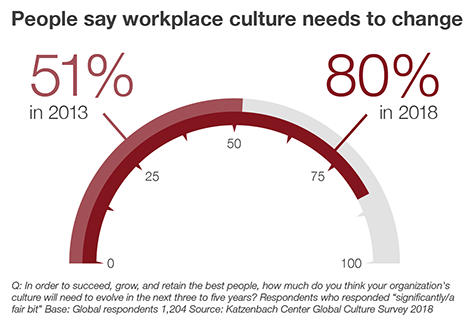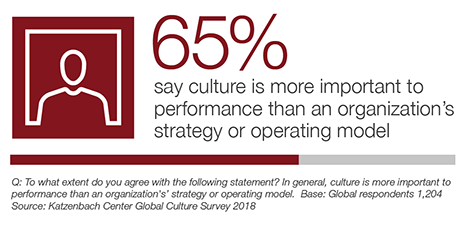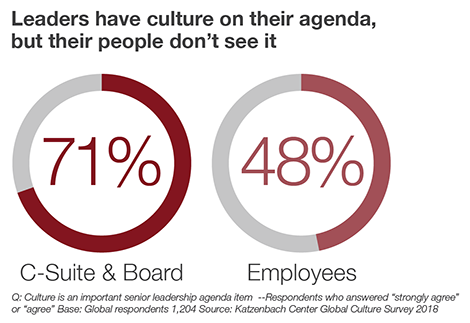
The success of any transformation effort depends on whether and how leaders engage their culture. Culture, however, is different from other business topics: it is implicit rather than explicit, emotional rather than rational — that’s what makes it so hard to work with, but that’s also what makes it so powerful.
Bestselling author Jon Katzenbach and coauthors James Thomas and Gretchen Anderson, have written a practical guide to working with culture and tapping into a source of catalytic change within your organization.
“This book describes the practice of culture change in personal detail and highlights through a composite story how the culture change process itself is a multi-faceted adventure, not the imposition of a few steps from a generic change model.”
“Katzenbach, Anderson, and Thomas expertly outline how to manage organizational culture as a critical asset in practical and actionable terms. Their decades of experience in advising leading organizations shines here as a pragmatic, optimistic guide to management.”
“As a student of habit creation, I loved the The Critical Few. It guides leaders to follow a discipline of simplicity, to be deliberate and purposeful, and to focus on what matters. Best of all, it encourages leaders at all levels to close the book, engage in real conversations, and build teams that matter.”

Energize your company’s culture by choosing what really matters
The Critical Few lays out the Katzenbach Center's methodology for identifying and using your culture's four most critical elements:
Why focus on culture?
The Critical Few Quizzes:
Which cultural archetype is your company?
Take one (or all!) of these three mini-quizzes to find out. They're each a quick extract of our Culture Thumbprint survey, a tool you can use to diagnose your company's unique cultural situation. Find out more by contacting us.
What's the vibe at your workplace?
What's it LIKE where you work? What's normal, and what's outside the bounds? Do you fall in line behind one leader like a drill team, or express all manner of opinions via a marketplace of ideas? Take this quiz to find out!
Is your company a gambler or a perfectionist?
Do you chase after the next “shiny object”? Or are you content to do what you've always done well? Are you a shrewd big better or a dogged corporate machine? Take this quiz to find out!
What matters to your company?
We all know that 'people matter!' But we also make choices about who to listen to, how to align - and together, these choices set a tone. Do you compete to take care of your customers? Do you even know who they are? Take this quiz to understand who really matters to you.

What is your most pressing question on organizational culture?
Click below to learn more.











